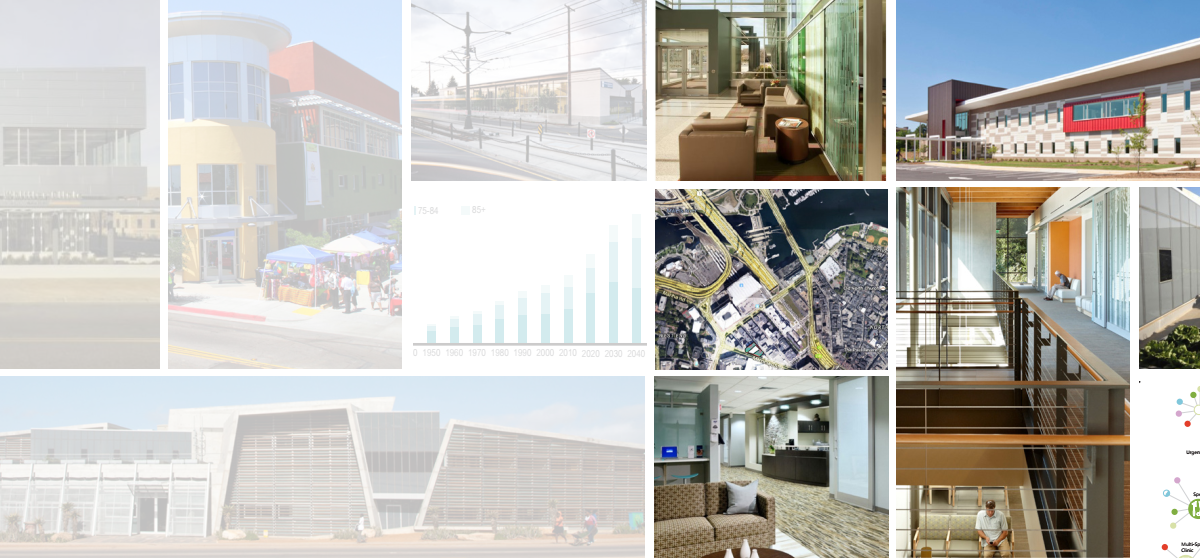
The collective efforts of this NCARB funded project explored how to advance the state-of-the-art in rural ambulatory healthcare facility design through a profession-academia-industry collaboration. Healthcare is a significant segment of our economy, currently at 17-19% of our GDP. The US Census Bureau estimates construction expenditures in healthcare at around $40,000,000 annually making it a significant market for architectural practice. Simultaneously, multiple forces are driving healthcare facility design including an increasing emphasis on care outside the hospital in ambulatory care settings.
The focus of this work was to study and advance the state-of-the-art in ambulatory healthcare facility design for medically underserved populations through a profession-academia-industry collaboration. The goal was to both educate students and study/promote better healthcare facility design in professional practice in response to four basic industry drivers. These drivers include 1] the need to optimize operational efficiency and clinical effectiveness, 2] improve patient-family-caregiver satisfaction, 3] improve safety and health outcomes and 4] accommodate ever-changing needs – in particular an increasing emphasis on care outside the hospital in ambulatory care settings.
The objectives and overall collective effort involved three separate courses and included an examination of both medically underserved rural and urban populations in two separate but linked graduate design studios and a programming seminar [ARCH 6880]. This was supplemented by a broader focus on the context of healthcare through a “Topics in Health Policy, Planning and “Administration” seminar [ARCH 8900] also offered that semester. One studio [ARCH 8960] explored the design of a smaller federally qualified health center [FQHC] in rural upstate SC as a public service project with an actual client. The second studio [ARCH 8920] explored a larger hypothetical urban Community Oriented Primary Care Center for Charleston SC that was envisioned as an extension of the Medical University of SC Health System.
Part 1 Case Study and Analysis
Part 2 Student Project
Part 3 Programming
Login to view the full booklet.